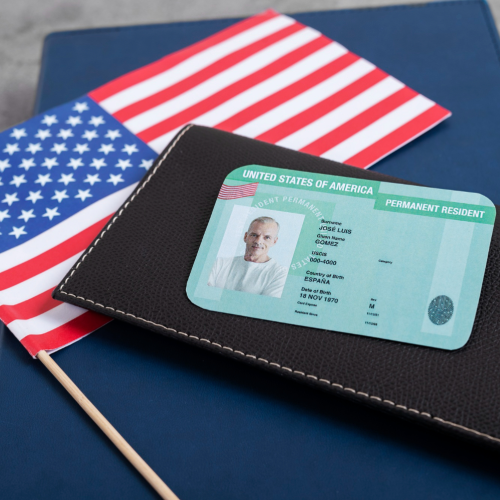Car leasing has become a common alternative to buying, especially for drivers who prefer newer models or lower monthly payments. In the United States, leasing accounts for a significant portion of new vehicle transactions. But what exactly does leasing mean? At its core, car leasing is a long-term rental agreement — typically lasting 24 to 36 months — where you pay to use a vehicle without owning it. You make monthly payments to the dealership or leasing company in exchange for driving the car within a set mileage limit and under specific conditions.
Many people choose to lease because it allows them to drive a newer car more often, often with lower upfront costs and manageable monthly payments. But while leasing can be a great option, it’s important to understand how it works, what it costs, and whether it fits your lifestyle.
How Does a Car Lease Work in Practice?
When you lease a car, you’re essentially paying for the vehicle’s depreciation during the lease term, not its full value. The leasing company estimates how much the car will be worth at the end of the lease (called the residual value) and subtracts that from the car’s original price. The difference is what you pay in monthly installments, plus interest and fees.
Let’s say you lease a car worth $30,000, and its residual value after 3 years is estimated at $18,000. You would pay the $12,000 difference (plus fees and taxes) spread over the life of the lease. Most leases also require a down payment or “capitalized cost reduction” to lower the monthly cost, though zero-down leases are available for qualified buyers.
At the end of the lease, you’ll return the vehicle, pay any excess mileage or wear-and-tear fees, and either lease another car, buy the current one, or walk away altogether.
What Are the Main Costs of Leasing a Car?
Although monthly payments on a lease are typically lower than a loan, there are still several costs to consider. First is the initial payment, which may include a down payment, the first month’s installment, acquisition fees, and taxes. Then, throughout the lease, you’ll pay fixed monthly payments based on the depreciation and agreed interest rate, often called the money factor.
Other potential costs include excess mileage charges, usually around $0.15 to $0.25 per mile over the agreed limit (typically 10,000 to 15,000 miles per year). If the vehicle is returned with damage beyond normal wear and tear, you could also face additional fees. Some leases also include a disposition fee when you return the car at the end of the term, often ranging from $300 to $500.
Pros and Cons of Leasing vs. Buying
Leasing offers several benefits, especially for people who enjoy driving the latest models. Pros include lower monthly payments, a lower upfront cost, and fewer repair expenses, since most lease terms align with the manufacturer’s warranty. You also avoid the hassle of selling the vehicle later.
However, there are downsides. You don’t build equity in the car, you must stick to mileage limits, and customizing the vehicle is typically not allowed. If you decide to end the lease early, early termination fees can be expensive. Buying a car may make more sense if you plan to keep it long-term, drive a lot, or want to own the asset outright.
Who Is Leasing Best Suited For?
Car leasing isn’t ideal for everyone. It works best for people with good to excellent credit, since better credit usually means better lease terms. It also suits drivers who value newer vehicles, don’t rack up a lot of mileage, and don’t want to worry about long-term maintenance or depreciation.
If you tend to trade in your car every few years, leasing might be more cost-effective than buying and reselling. But if you drive long distances regularly or want the freedom to keep your car as long as you want, purchasing is likely the better route.
What Happens at the End of the Lease?
When your lease term ends, you have a few options. The most common is to return the car and lease a new one. This appeals to drivers who like upgrading every few years. Alternatively, you can buy the leased vehicle by paying the residual value listed in your lease agreement. This may be a good option if the car’s market value is higher than the buyout price.
Some drivers also choose to walk away entirely, assuming all fees and conditions are met. Make sure the car is inspected and all payments are up to date before returning it to avoid surprises.
Final Thoughts: Is Leasing the Right Choice for You?
Car leasing in the United States offers a flexible and often affordable way to drive a newer vehicle with fewer long-term obligations. It’s especially appealing if you prioritize lower monthly payments, warranty coverage, and the convenience of switching cars frequently.
Still, it’s not one-size-fits-all. Before signing a lease, review the mileage restrictions, total costs, and your long-term driving habits. Leasing can be a smart move when used strategically. But knowing the details is key to avoiding costly mistakes and getting the most value out of your vehicle.
All information in this and other BOISLA articles is subject to change over time. Please check for updates directly with the institutions and companies mentioned. Approval is subject to the institution’s review.
REFERENCES:
Read more about finances in https://boisla.com/category/blog





